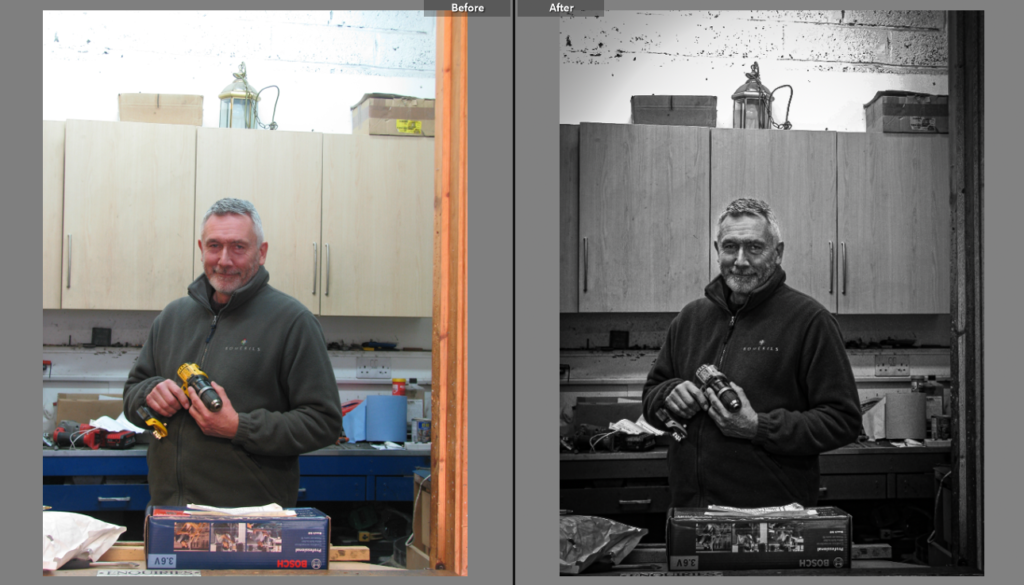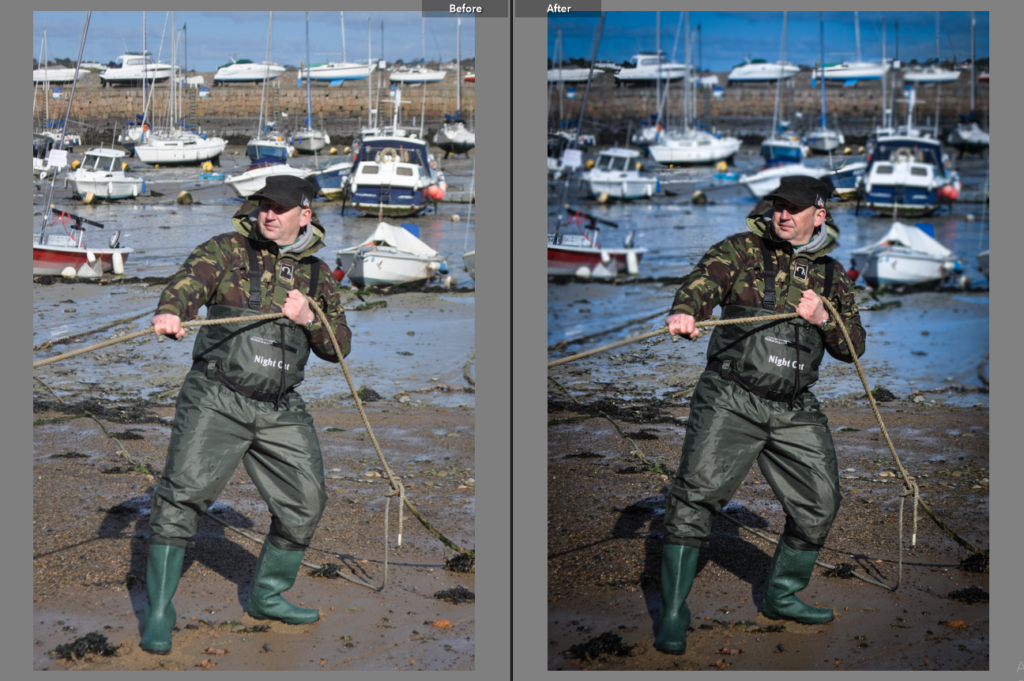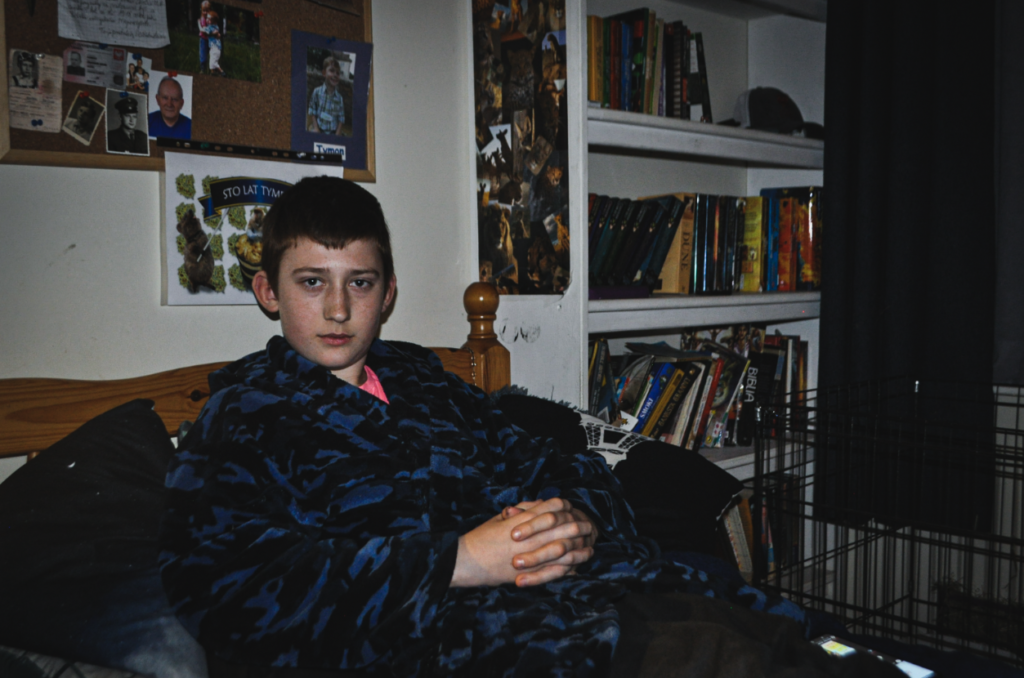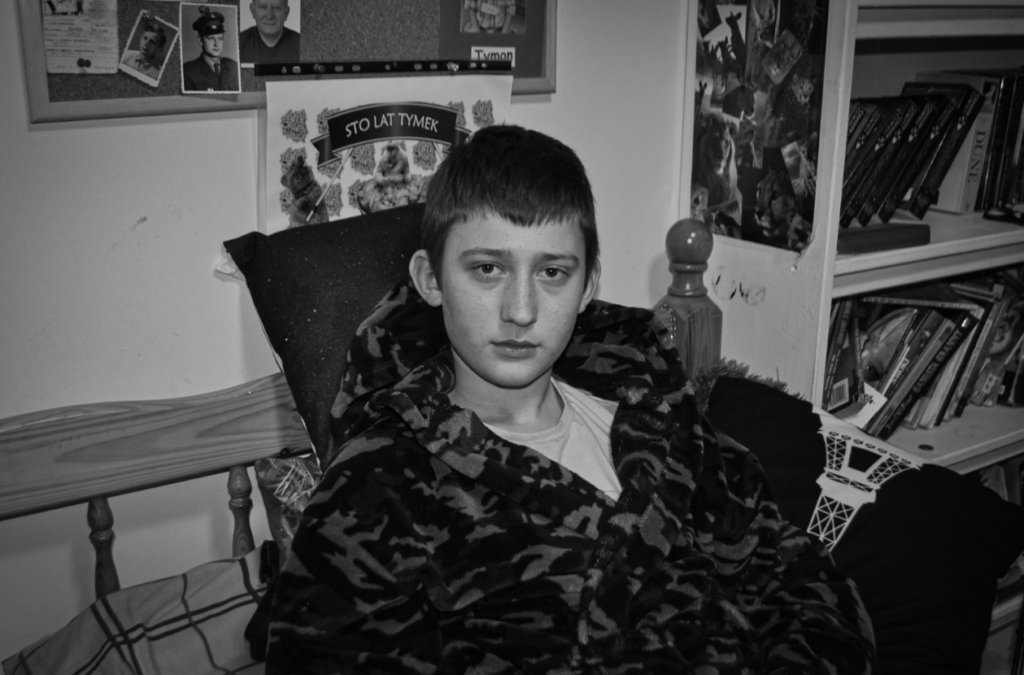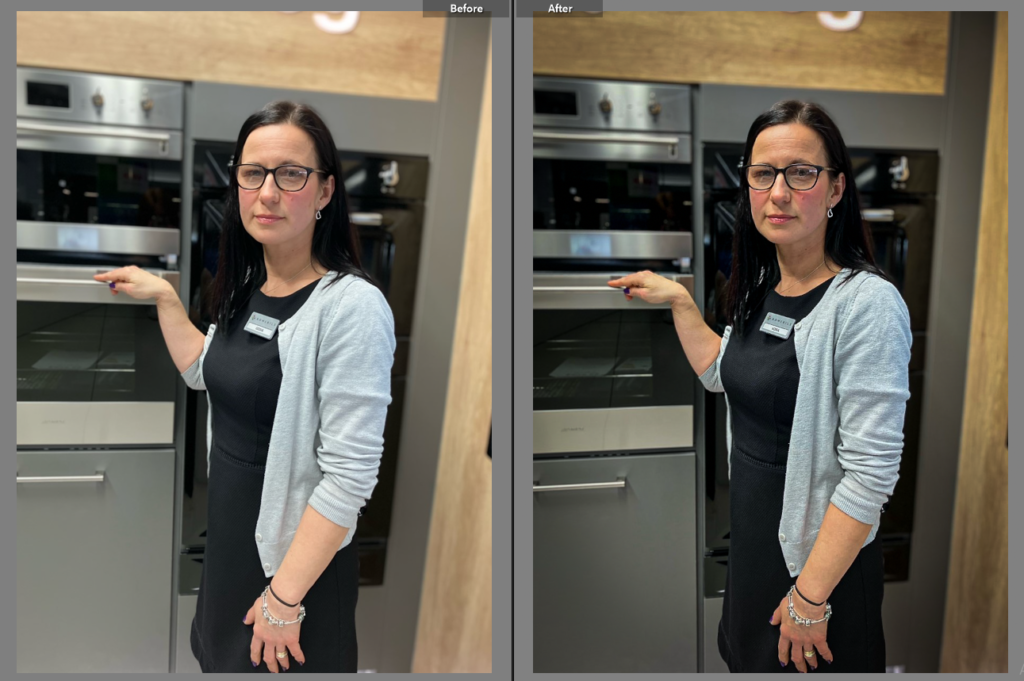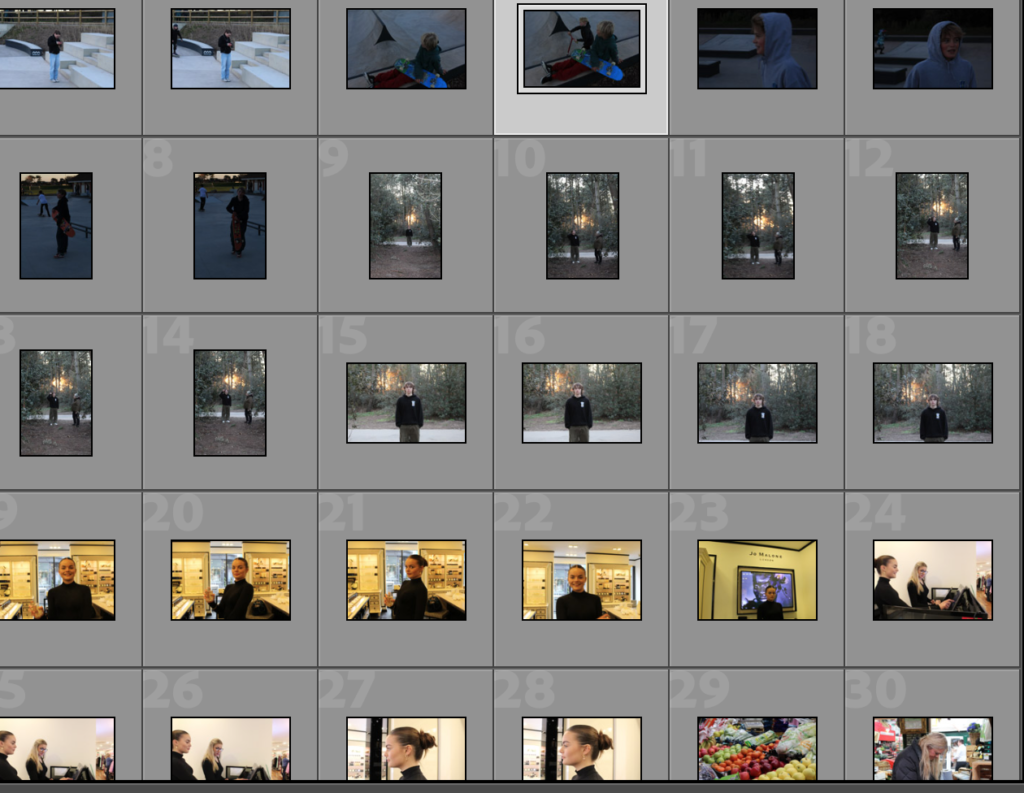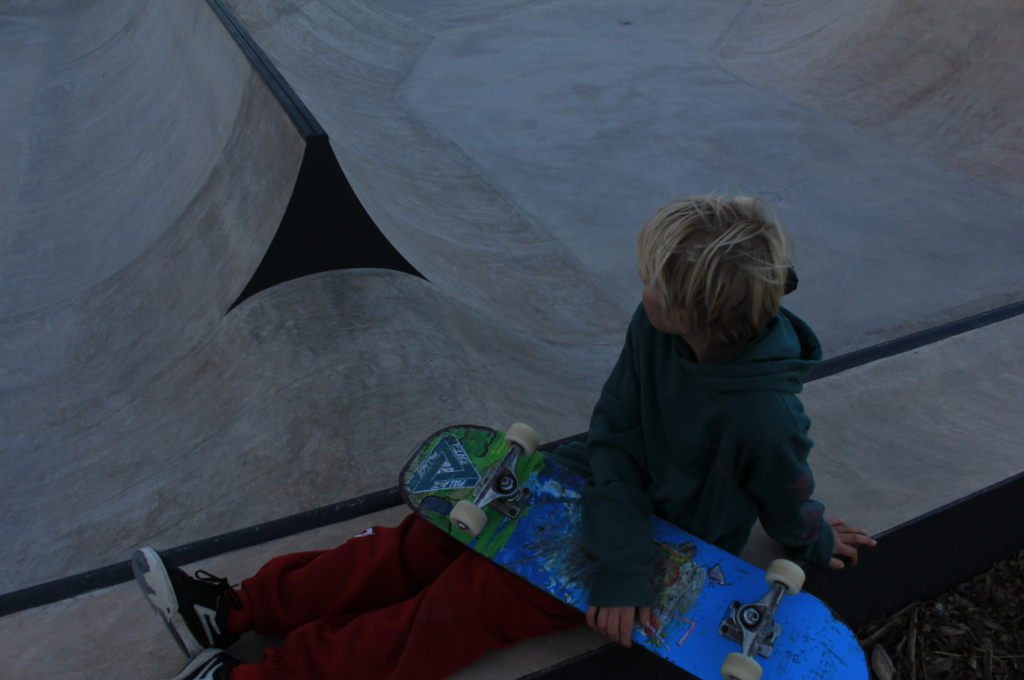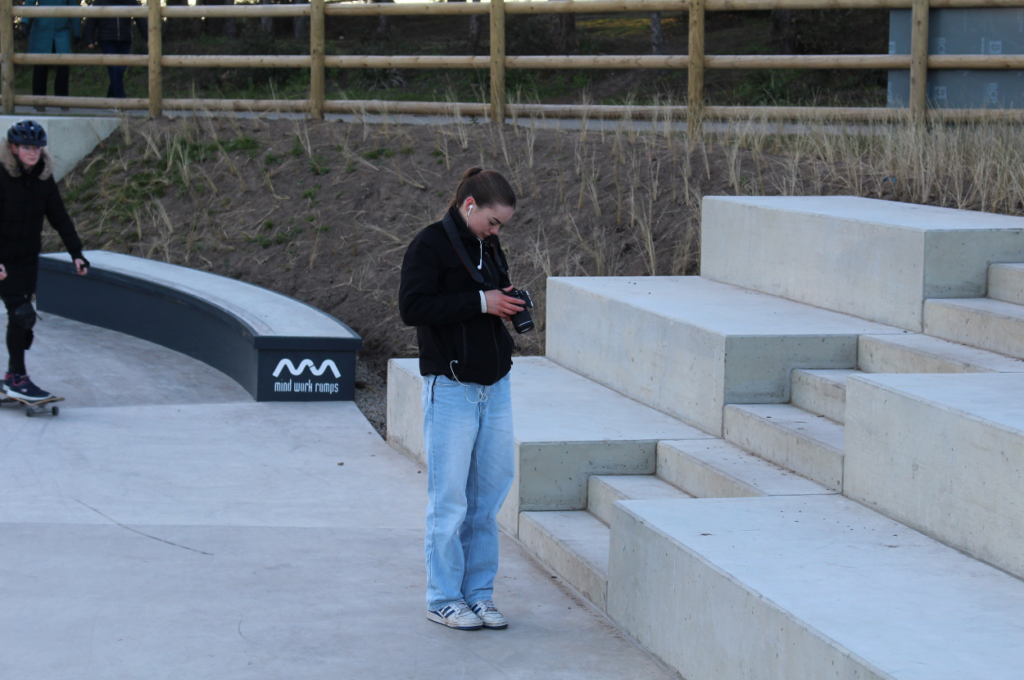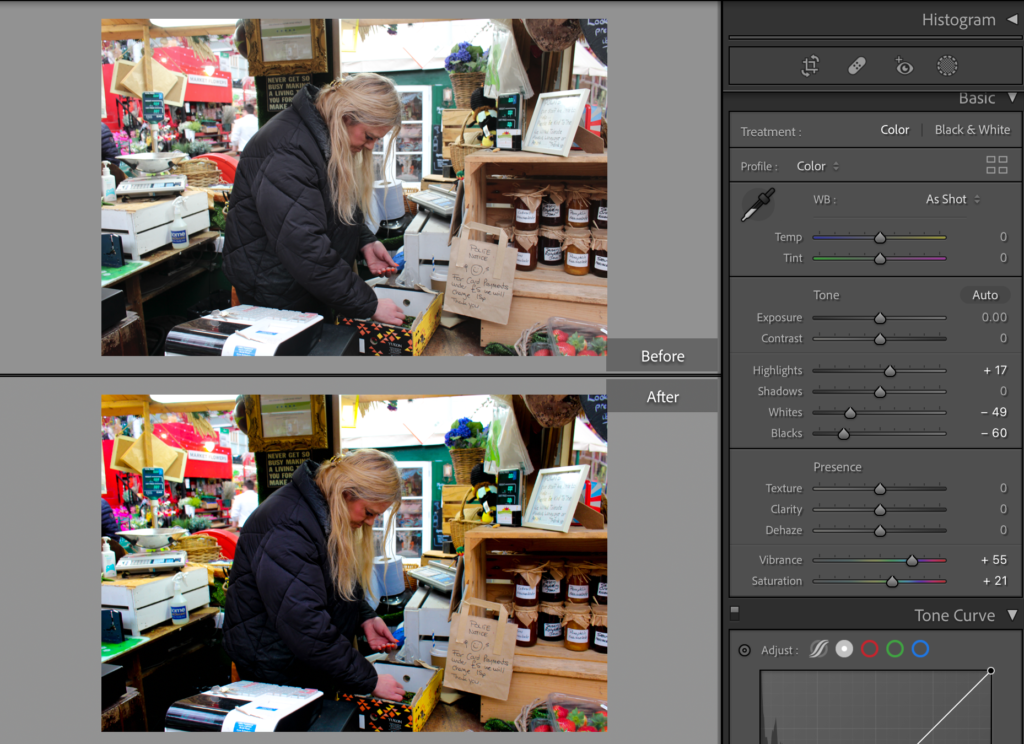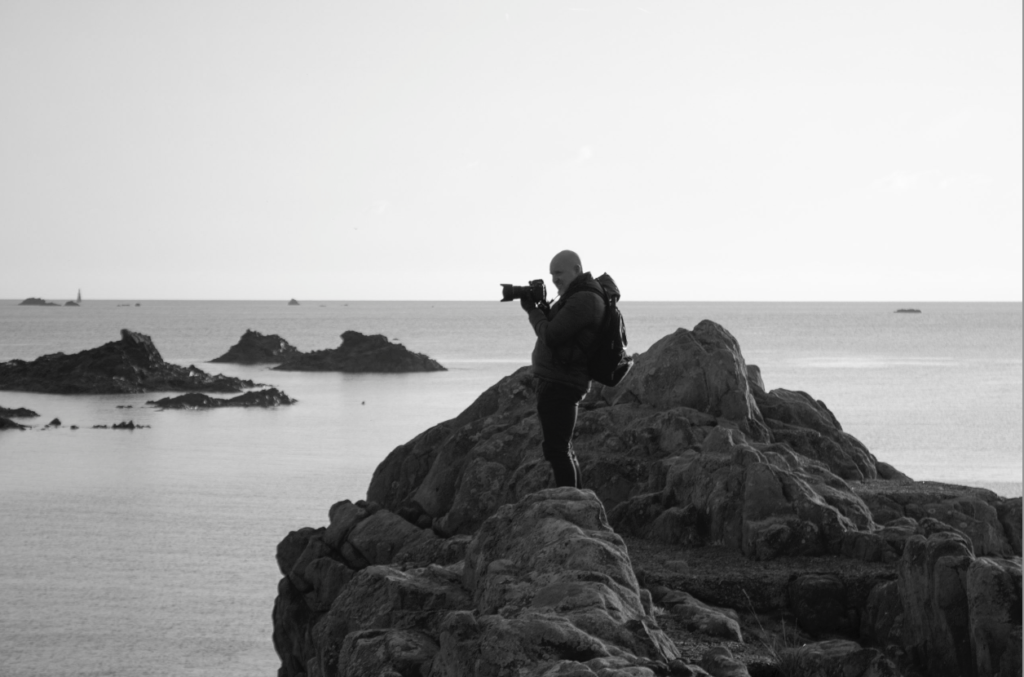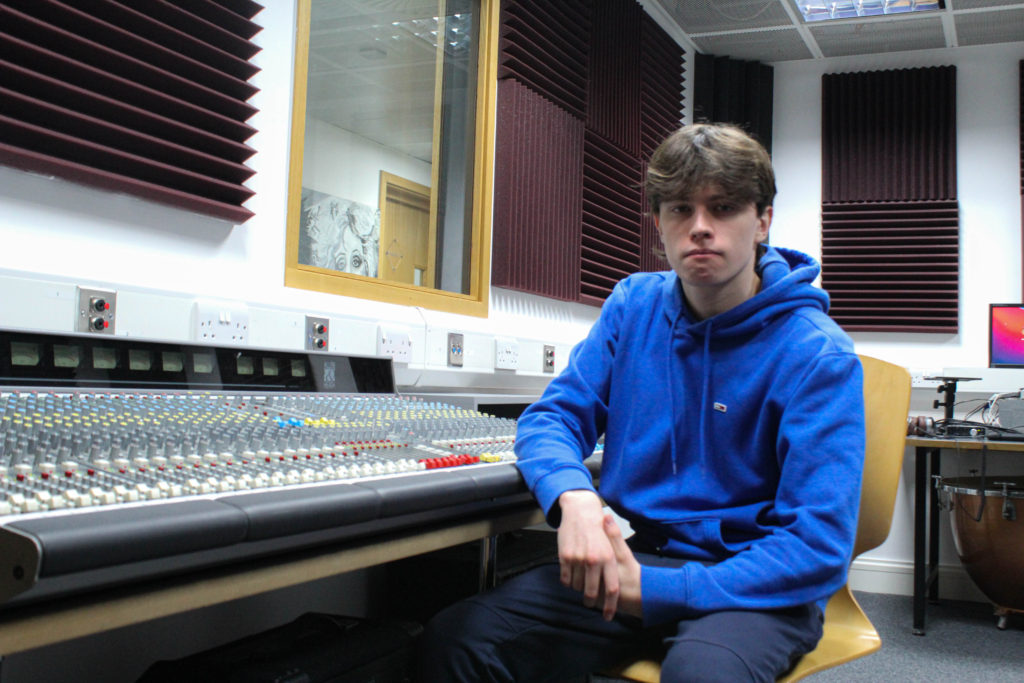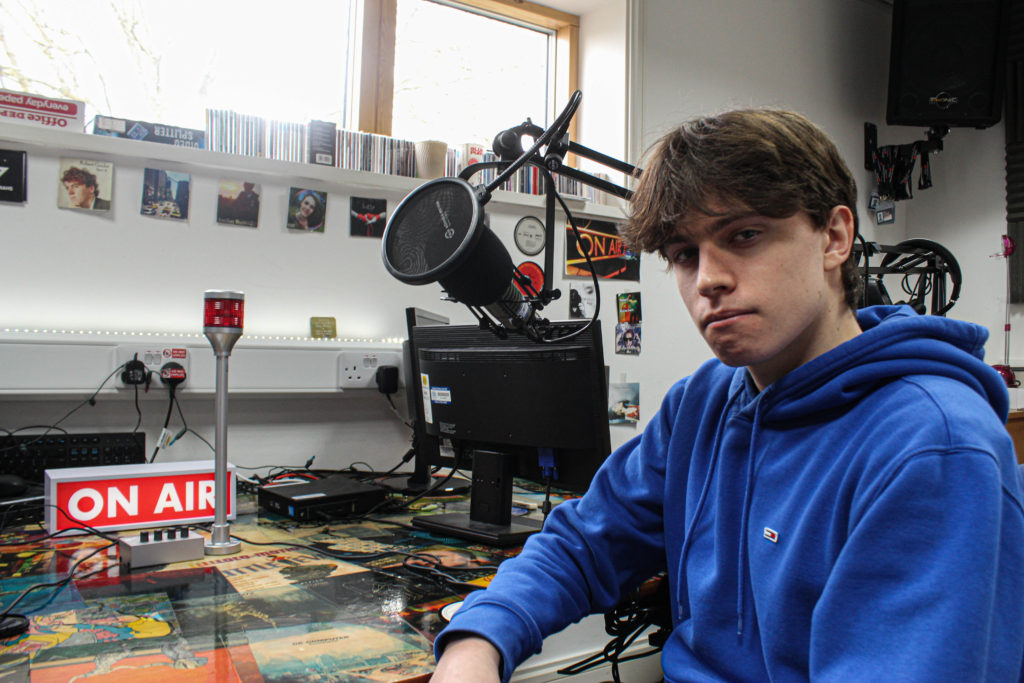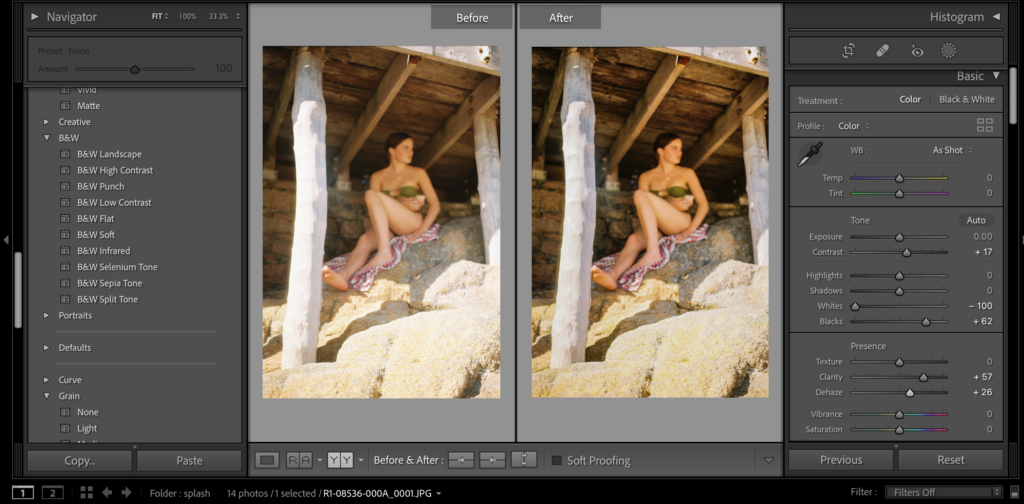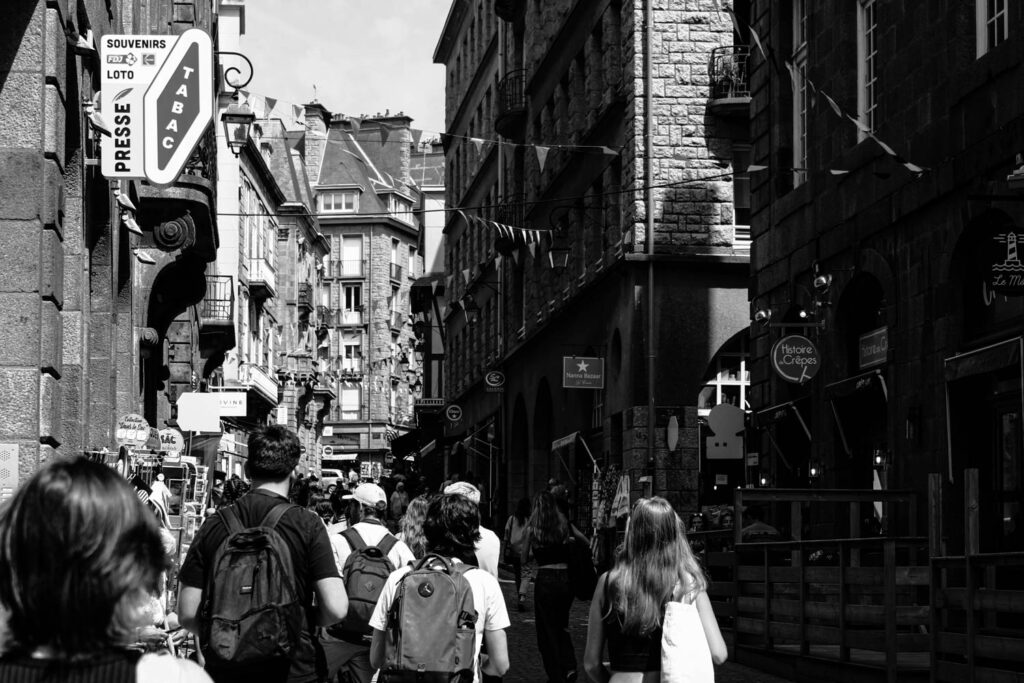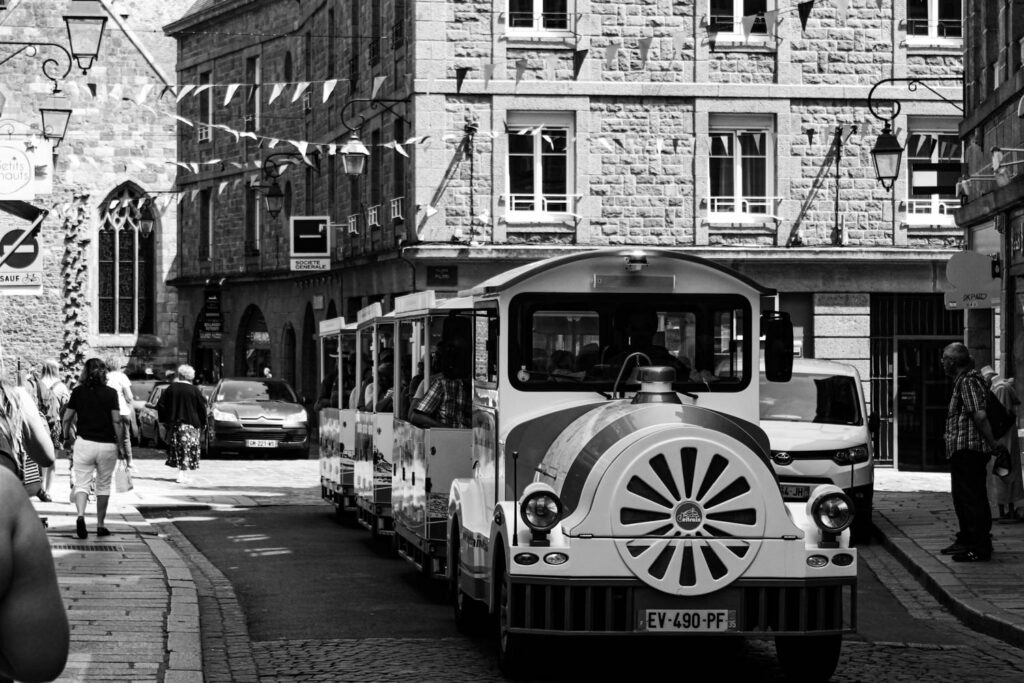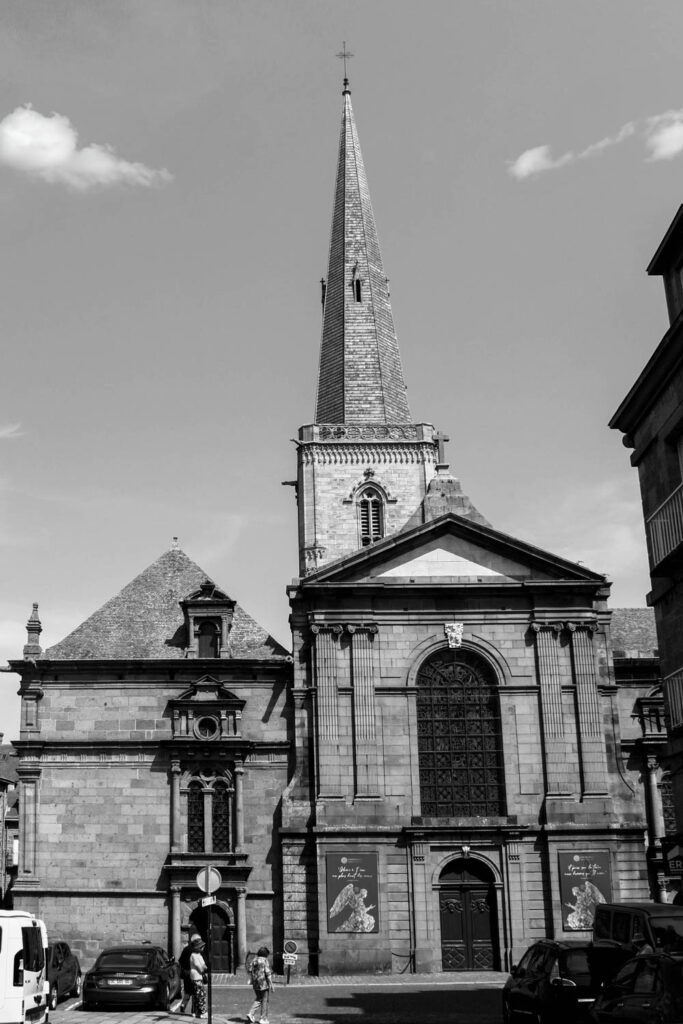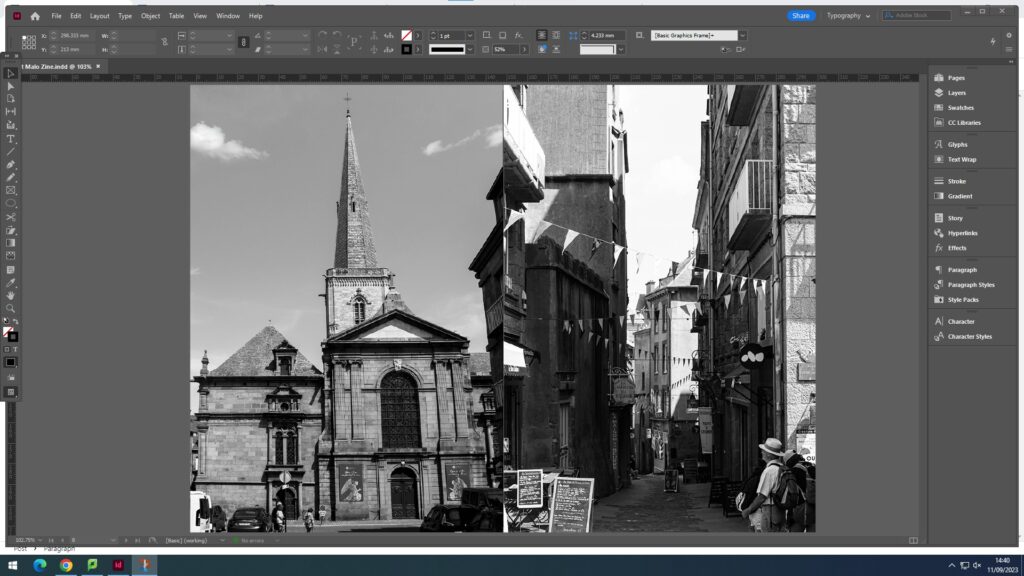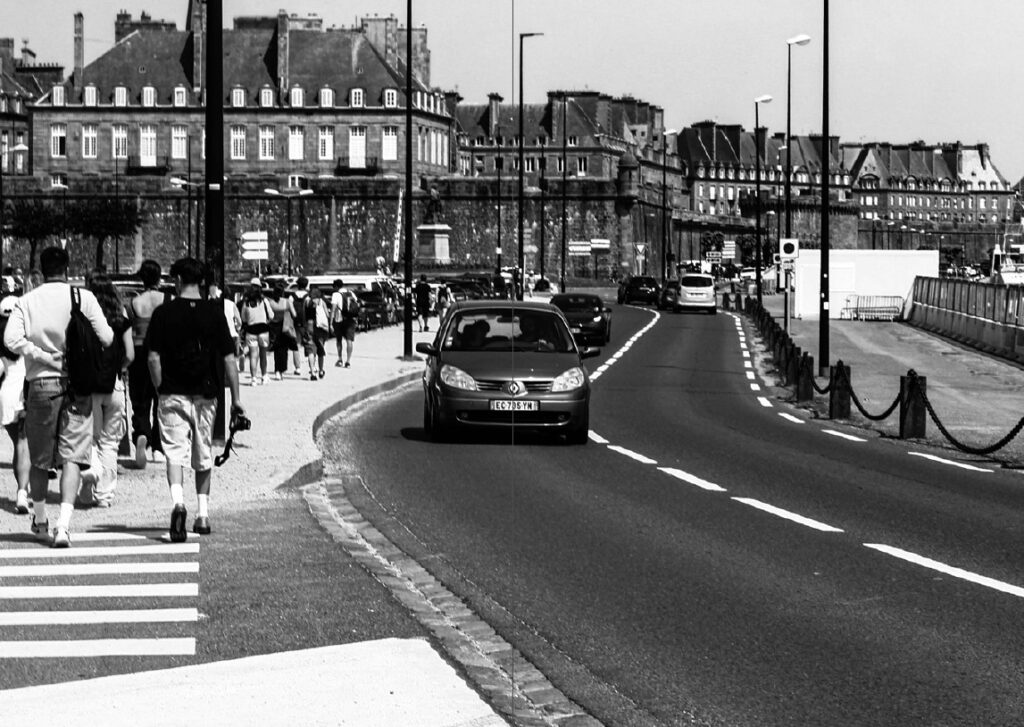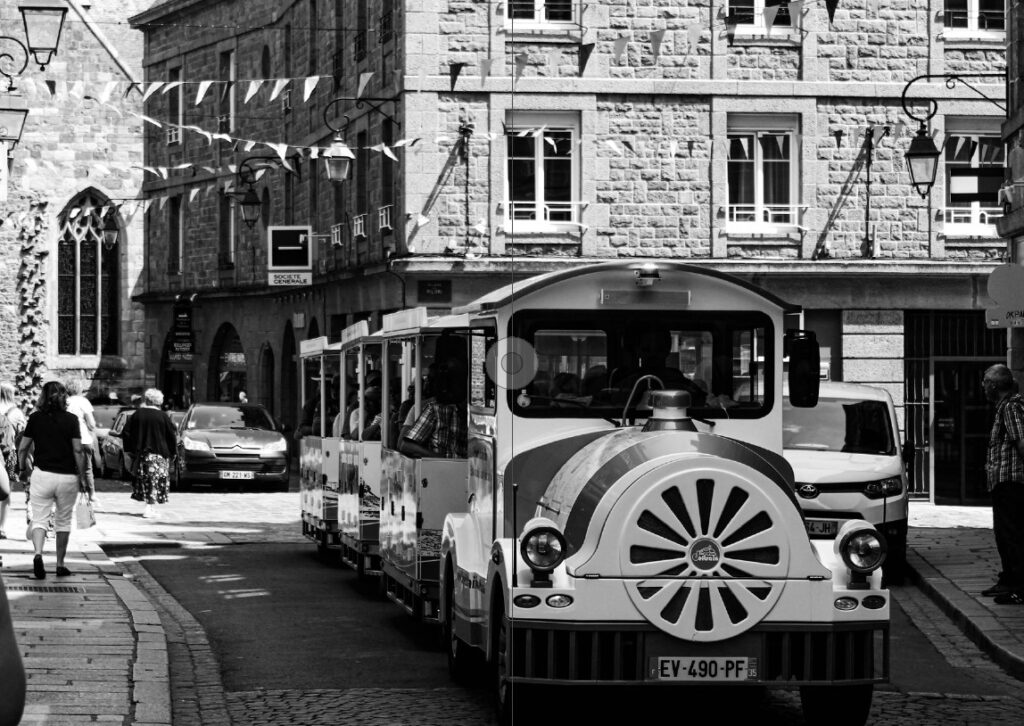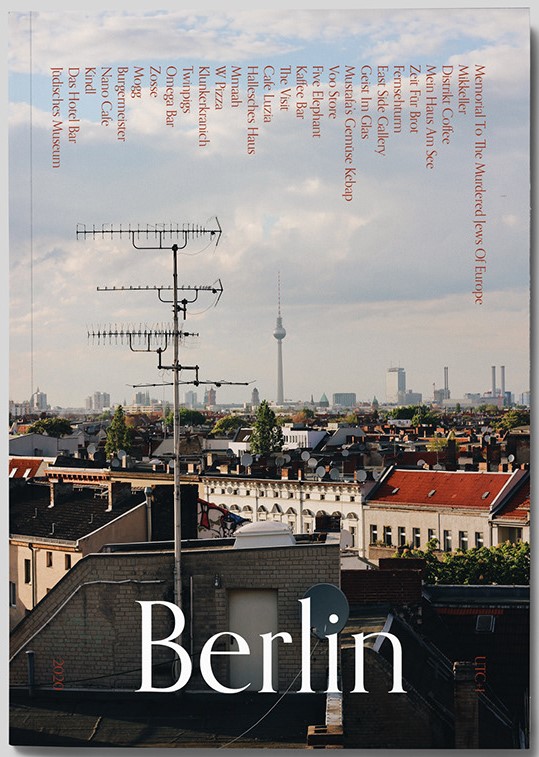Arnold Newman
” – my work is an expression of myself. It reflects me, my fascination with people, the physical world around us, and the exciting medium in which I work.”
– Arnold Newman, A Life in Photography

Arnold Newman is a prestigious American photographer who was born on the 3rd of March 1918 and died on the 6th June 2006 in Manhattan, New York. His most notable work is made up of many celebrated personalities including Marilyn Monroe, Pablo Picasso, Audrey Hepburn and Ronald Reagan, to name a few.
He was coined as the ‘Father of Environmental Portraiture’, due to his carving out of a niche in images of popular figures in their working/living environments. This work was certainly the root of Newman’s bountiful success in his medium and the inherent professionalism and vision in his images mean he is still widely regarded as one of the grand masters of 20th and 21st century modern art. His portrait of Russian composer Igor Stravinsky from 1946 (pictured below) was arguably the one that really kickstarted his career in high prestige portrait photography.

Newman’s extensive experience has earned him award upon award from multiple photographic institutions including The Lucie Awards, The Royal Photographic Society Centenary Award and The International Center of Photography, and his work has been displayed globally in a range of exhibitions in highly regarded museums and galleries.
My in-depth analysis of one of his images, the famed portrait of Alfred Krupp, can be found on this post.
Mary Ellen Mark
“I think photography is closest to writing, not painting. It’s closest to writing because you are using this machine to convey an idea. The image shouldn’t need a caption; it should already convey an idea.”
– Mary Ellen Mark

Mary Ellen Mark was born on the 20th of March 1940 in Pennsylvania and died on the 25th of May 2015 in Manhattan, New York. Mark’s work branches into many different areas of photography including documentary, photojournalism and advertising. Her most famous pieces however are definitely those that make up her exploration into the portrait genre, taken during her extensive travels on the search for imagery that “reflects a high degree of humanism”.

Amanda and her Cousin Amy – Mary Ellen Mark
She claimed to photograph those who were “away from mainstream society and toward its more interesting, often troubled fringes”. Her work has been displayed globally and in highly regarded publications such as LIFE, New York Times Magazine, The New Yorker, Rolling Stone, and Vanity Fair. She has published 20 books and also acted as the associate producer of the major motion picture, AMERICAN HEART (1992). Her advertising campaigns have included work for major companies including British Levi’s, Coach Bags, Heineken, Nissan, and Patek Philippe.
Here is a simple analysis of her image of Federico Fellini on the Set of Fellini-Satyricon, Rome, Italy, 1969.
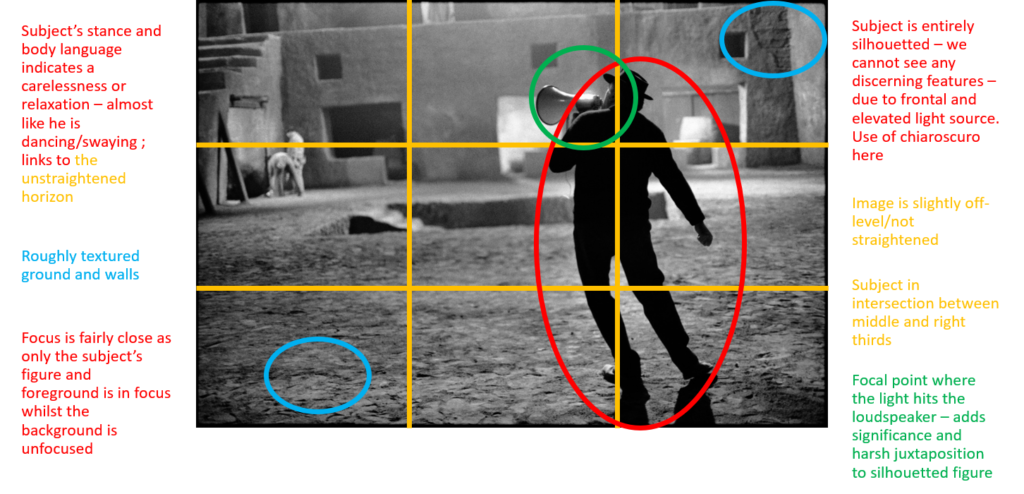
Paul Strand
“It is one thing to photograph people. It is another to make others care about them by revealing the core of their humanness.”
– Paul Strand

Born on the 16th of October 1890 in Brooklyn, New York, and deceased on the 31st of March 1976 in Orgeval, France, Paul Strand was named as the ‘creator of modern American photography‘ due to his pioneering a new style in photography.
Such was his fervour in wanting to take images of a truly candid nature, Strand equipped a false lens on his camera to distract attention away from himself, allowing him to capture his subjects completely without their knowledge. However his most famous images are of a more posed and direct nature, with the subject staring into the lens, as in the picture below.

Paul Strand, Young Boy, Gondeville, Charente, France, 1951
Strand was mentored by a renowned artist of his generation, Alfred Stieglitz, who taught him the ways of abstract photographers and influenced much of his architectural work throughout his career.
Strand spent some of his early career photographing in Mexico, where he was Chief of Photography and Cinematography for the Government’s Department of Fine Arts from 1932 until 1934. He captured images in all three branches of photography, as was his style, during this period; documenting and illustrating people and places.
In 1920, he co-directed a short film Manhatta with Charles Sheeler and in the 1930s he became involved in documentary film, ending his career from the 1940s onwards by focusing on creating high quality photobooks.

My analysis of ‘The family, Luzzara, Emilia, Italy (Lusetti family)‘, 1953
Michelle Sank
‘I am always searching for that subtle tension where the portrait and environment interact with one another to create a strong narrative.’
– Michelle Sank
Born in Cape Town, South Africa in 1953, Michelle Sank has lived in Exeter, Devon since 1987.

She became fascinated with creating imagery that surrounded issues concerning sociocultural diversity in the world of low-level poverty that presented itself to her in 1990s/2000s Cornwall, and, later on, the rest of the UK. With the majority of her work being focused on the exploration into what it means to be a young person in today’s age of oversexualisation and multitude of pressures on body image, she has become one of the most highly regarded and influential artists in her field of photographic venture.

Her work has been exhibited in many locations including the Centro de la Imagen, Mexico, the National Portrait Gallery and the Royal Albert Memorial Museum. She has also been published in a number of books including her own monographs The Water’s Edge; Becoming and The Submerged.
Below I analysed Sank’s image of ‘Britney and Ross‘ from her 2020 photographic series ‘Breathe’, which focused on the subject of isolation and quarantining in her local neighbourhood during the Covid-19 lockdown.

Bert Teunissen
‘Anything can catch my eye – it’s just the joy of looking and the joy of taking pictures.’
– Bert Teunissen

Bert Teunissen, most famous for his ‘Domestic Landscape’ images, was born in the Netherlands in 1959.
The story behind his ‘Domestic Landscapes‘ series is rooted in the idea of chasing the light he found in his childhood home in East Holland. He felt that the light in this home was so mesmerising in its quality that he felt it necessary, when his old home was destroyed to be modernised, to go out and capture the similarly atmospheric light in other pre-war homes across Europe. It was important that these homes be pre-war as it means that they were designed with the function of being entirely lit without the use of electricity. This means that the window system would have been made to allow all the available natural light to enter the home.

Additionally, Teunissen said that ‘The title Domestic Landscapes also refers to the idea that the homes that I photographed form a landscape of the life of the people that live in it. These homes have changed just as slowly through the years as the landscapes in which I found them. The people in the photos have aged with their habitats and have become part of it.‘

Above is my analysis of an image from the France section of the series.









